This helpful guide is sponsored by the caring team at Mana Artisan Botanics.
If you visit any CBD vendor’s website, you’ll find these companies market their CBD oil products as honest, transparent, safe, pure, and clean. And of course they do. What company would admit that their products are impure and potentially contaminated?
We like to think of the health supplement industry as a bastion of accountability. In many cases, unregulated industries self-regulate as consumers learn about ingredients and safety.
But CBD gained the public’s trust almost overnight. After all, it’s just a simple plant extract. What could be wrong? As it turns out, this false sense of security could have caused you to waste hundreds of dollars on diluted CBD oil products or ingest harmful toxins that the vendors claim are non-existent in their products.
Before buying CBD oil, it’s critical to understand what to look for if you want to avoid being – for lack of a better term – “ripped off.”
Brief History of the CBD Industry
Although CBD supplements haven’t been commercially available for very long, we’ve known about CBD since it was first extracted in 1940 by Harvard chemist Roger Adams. However, it’s no surprise this discovery didn’t go viral as it did in the early to mid-2010s because, in 1940, The Marihuana Tax Act of 1937 and Reefer Madness were all fresh in everyone’s minds.
In 1946, Walter S. Lowe first experimented with CBD on animal test subjects, discovering that CBD doesn’t cause intoxication.
And perhaps the most significant accolades go to famed cannabis researcher Raphael Mechoulam. His groundbreaking work has made many call him “the father of cannabis research.”
Despite all these discoveries occurring decades ago, CBD remained little more than a footnote compared to the more sought-after psychedelic effects of THC. But thanks to the Internet, it’s easy for news and information (or misinformation) to spread.
When the CBD industry finally took off, anecdotal evidence was the primary source supporting CBD’s efficacy. Consequently, people began talking about CBD as a “cure-all,” literally treating every symptom of every condition under the sun. Given the side-effects of many prescription medications and an overall distrust of “Big Pharma,” it’s no surprise people will flock to such a new and versatile supplement.
Today, CBD is everywhere, according to CBD statistics from multiple sources. As of 2019, 64 percent of Americans have heard of CBD. By 2020, 33 percent tried CBD at least once, with 64 million Americans using it in the past two years.
What started as an obscure, unknown cannabinoid exploded in popularity. The problem is it exploded too quickly, with many vendors jumping on the craze for quick money with no regard for quality.
CBD, the FDA, and What that Means for You
First and foremost, let’s reiterate that CBD is not federally regulated. Although the FDA started cracking down on cannabidiol companies who make unproven medical claims or deliberately mislabel their products, it’s hard for one government organization to catch them all.
But in the early days of CBD, an unknown number of CBD products weren’t sold as advertised or completely mislabeled.
As more consumers gravitated to CBD, it caught the attention of doctors and the FDA. Unfortunately, the Food and Drug Administration was somewhat skeptical. This an example of why many view the FDA as rather an alarmist and more like a tyrannical ogre than a body for consumer safety.
But in 2017, a study from the University of Pennsylvania blew the lid off of the CBD industry, dealing a nearly fatal blow to public trust in CBD.
The university looked at 84 CBD products spanning 31 vendors. According to the study, almost 70 percent were either under or over-labeled. In other words, the CBD content was higher or lower than the amount advertised:
- 42 percent were under-labeled
- 26 percent were over-labeled
- 30 percent had CBD content fall within 10 percent of the amount advertised
While the evidence isn’t flattering, we shouldn’t take it as malicious or deliberate. In recent years, quality assurance has changed, with CBD companies ramping up their focus on quality and safety.
So now that the system seems to be on its way up, what key things should aspiring hemp CBD consumers consider? In other words, what separates good CBD from exceptional CBD? And what is the best CBD oil available? Let’s examine that now.
What’s in CBD Products?
CBD is available in a seemingly endless number of ways – oils, edibles, dry flower, topicals, and drinks, to name a few. But do you ever think about what’s in these products?
Depending on the vendor and type of CBD product, you’ll come across ingredients like:
- Flavoring
- Carrier oil
- Color
- Botanical infusions
- Added terpenes
- Added vitamins
- Added supplements
- Glycerin
What’s the Best CBD?
It’s hard to quantify “the best” CBD since that answer is at least partially based on personal health needs. However, operators have been able to fine-tune CBD formulas, with many companies getting everything right.
Essentially, “the best CBD” is a vendor that offers quality ingredients, potent products, purity, and transparency. There are many excellent examples, such as the Hawaii-based Mana Botanics, which meet or exceed the expectations customers should have in such a competitive market.
Organic
The term “organic” gets used a lot in every area of the food industry, and hemp is no exception. But there are three ways companies advertise their products as organic.
Organically-grown
In a nutshell, organically-grown hemp is cultivated with non-synthetic fertilizers, herbicides, or pesticides.
Organic
According to the USDA, for a company to say their products are organic, they have to contain at least 95 percent organic ingredients, including non-GMO.
The rest can be natural or synthetic, as long as regulatory authorities approve them.
This likely means the hemp is organic, but some other additives, like flavors or colors, might not be organic.
Certified Organic
Certified organic is the top-tier for purity. All ingredients need to meet the same manufacturing regulations for any organic product. In other words, everything listed on the bottle has to be organic – no GMOs or chemicals.
While many CBD vendors settle for organically-grown or organic hemp, Mana Botanics offers certified organic CBD products. They ensure that everything – from flavors to carrier oils – comes from sustainable farms with no synthetic substances.
Non-GMO
Some companies list their hemp as non-GMO. This implies it wasn’t engineered in a lab. The term “genetically modified organism” is rather broad and extends beyond the scary stigma it’s picked up in recent years.
The truth is that no hemp on the market has been altered in a lab, but it’s undergone more modifications than Monsanto could do in a lifetime.
Cannabis sativa is anything but non-GMO. Centuries of crossbreeding led to thousands of chemotypes (plants with similar genetic structures but different chemical makeup) or “strains.”
Realistically, there’s no actual harm in reminding consumers that the hemp sold is non-GMO, as defined by scientists and regulatory bodies. After all, just because lab-modified hemp doesn’t exist now doesn’t mean it won’t become standard practice down the road.
Fortunately, Mana Botanics sells certified organic CBD extracts, which can’t legally be made with genetically modified ingredients.
Full-Spectrum, Broad-Spectrum, and Isolate
There are three categories CBD products fall into, depending on how a company chooses to extract their CBD. It all boils down to additional cannabinoids and terpenes, plant-based compounds found throughout the plant kingdom.
These cannabinoids and terpenes help improve the overall performance of the CBD thanks to a synergistic relationship called the “entourage effect.”
The type of CBD makes a huge difference, so it’s important to consider this when choosing your CBD products.
Full-Spectrum
Full-spectrum CBD is the purest form of CBD you’ll find. The extraction process doesn’t deliberately filter out any terpenes or cannabinoids, so you get a complete CBD product.
Mana Botanics only uses full-spectrum CBD in their products, preserving valuable plant compounds and cannabinoids. Ultimately, this means you enjoy the full therapeutic benefits of the entourage effect, combined with their organic and specially-formulated CBD products.
Broad-Spectrum
Broad-spectrum contains all the same compounds as full-spectrum, with one significant difference. While full-spectrum maintains up to 0.3 percent THC, broad-spectrum has no THC.
Isolate
Isolate is up to 99 percent pure CBD, with no cannabinoids or terpenes left behind after the extraction process.
While this isolates the purest form of CBD, it’s the least effective. Without any additional compounds, you can’t harness the therapeutic benefits of the entourage effect.
If isolates are so bad, then why do some companies happily use them? It all boils down to personal preference. Some people like isolates because of how predictable their effects are without cannabinoids and terpenes to change the effects.
Isolate is also flavorless, perfect for those who don’t like the “hempy” taste of full and broad-spectrum.
Third-Party Tested
Third-party testing is non-negotiable. A company that doesn’t offer third-party test results on its website probably has something to hide or doesn’t care about consistency.
If third-party tests aren’t available, this is a massive red flag. Mana Botanics, however, is one of the most dynamic companies when it comes to independent analysis. Not only do they perform frequent independent tests, but you can see the results for yourself in a format that’s easy to read.
It’s essential to understand what these simple sheets mean, so having the information laid out so clearly is helpful.
Sourcing
Sourcing is vital for quality control, sustainability, and the economy. If the CBD is high-quality, then the source will be too.
Mana Botanics sources its hemp from small local Hawaiian farmers, supporting their businesses and the community’s economy. These producers exclusively practice sustainable, organic hemp cultivation.
But Mana’s CBD goes beyond just hemp extract. Their products are specially formulated using a variety of botanics and extracts. They obtain all of these ingredients from organic, sustainable sources, many of which come from their home state of Hawaii.
If you’re interested in buying CBD oil or would like to learn more about quality CBD products, swing by the Mana Botanics website, and don’t forget to say ‘aloha’!
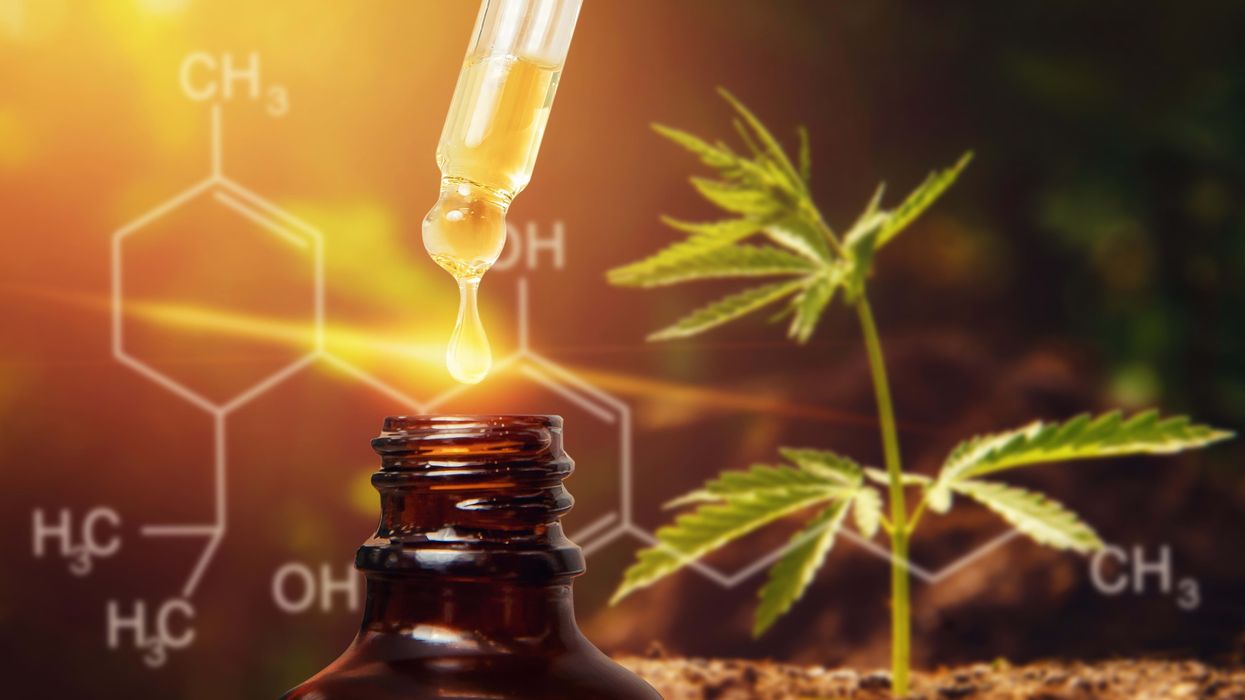



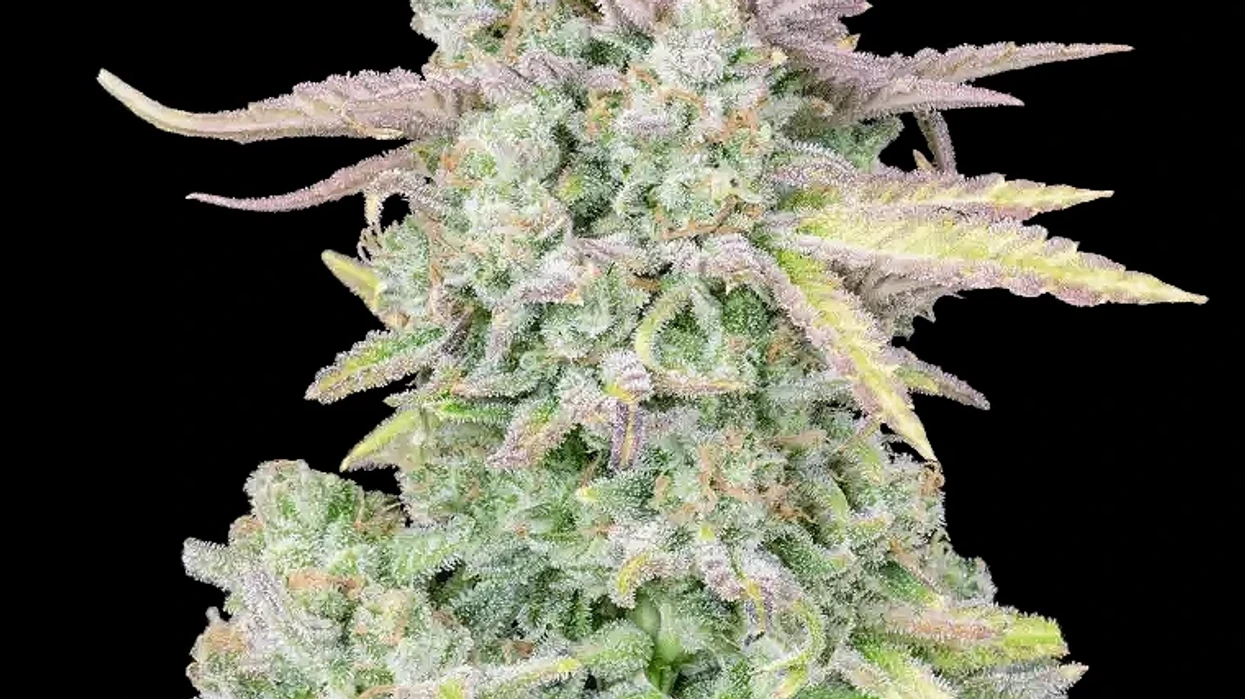
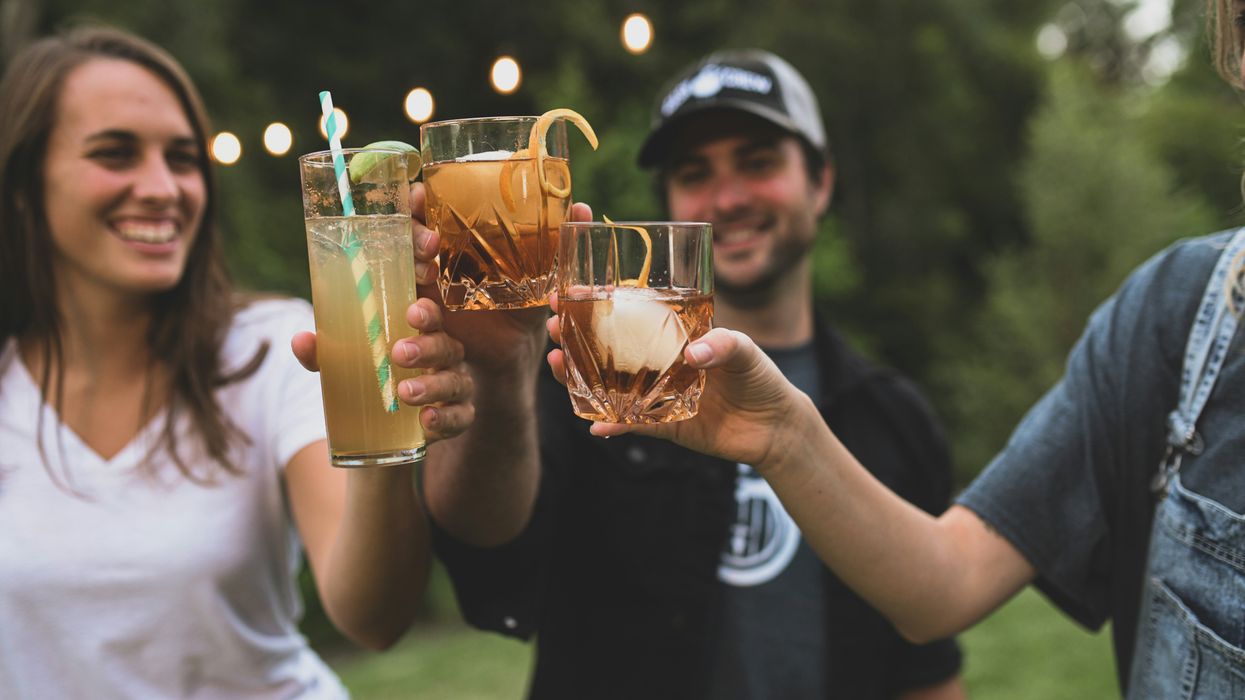
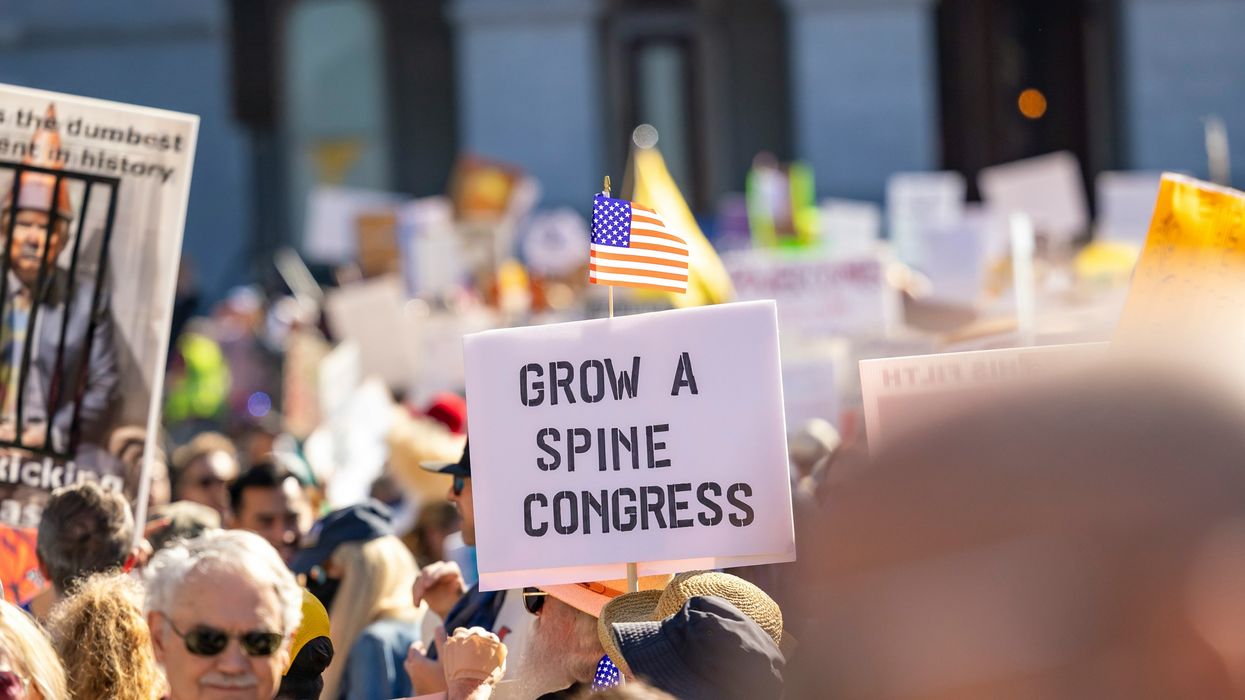

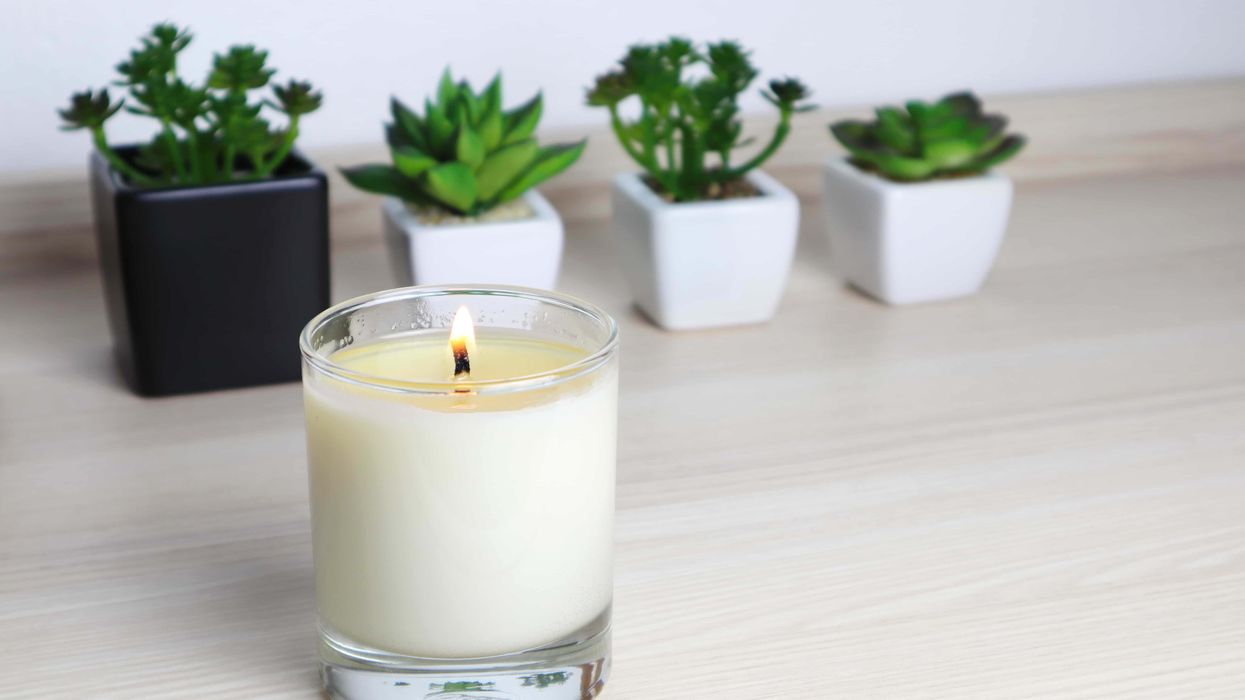
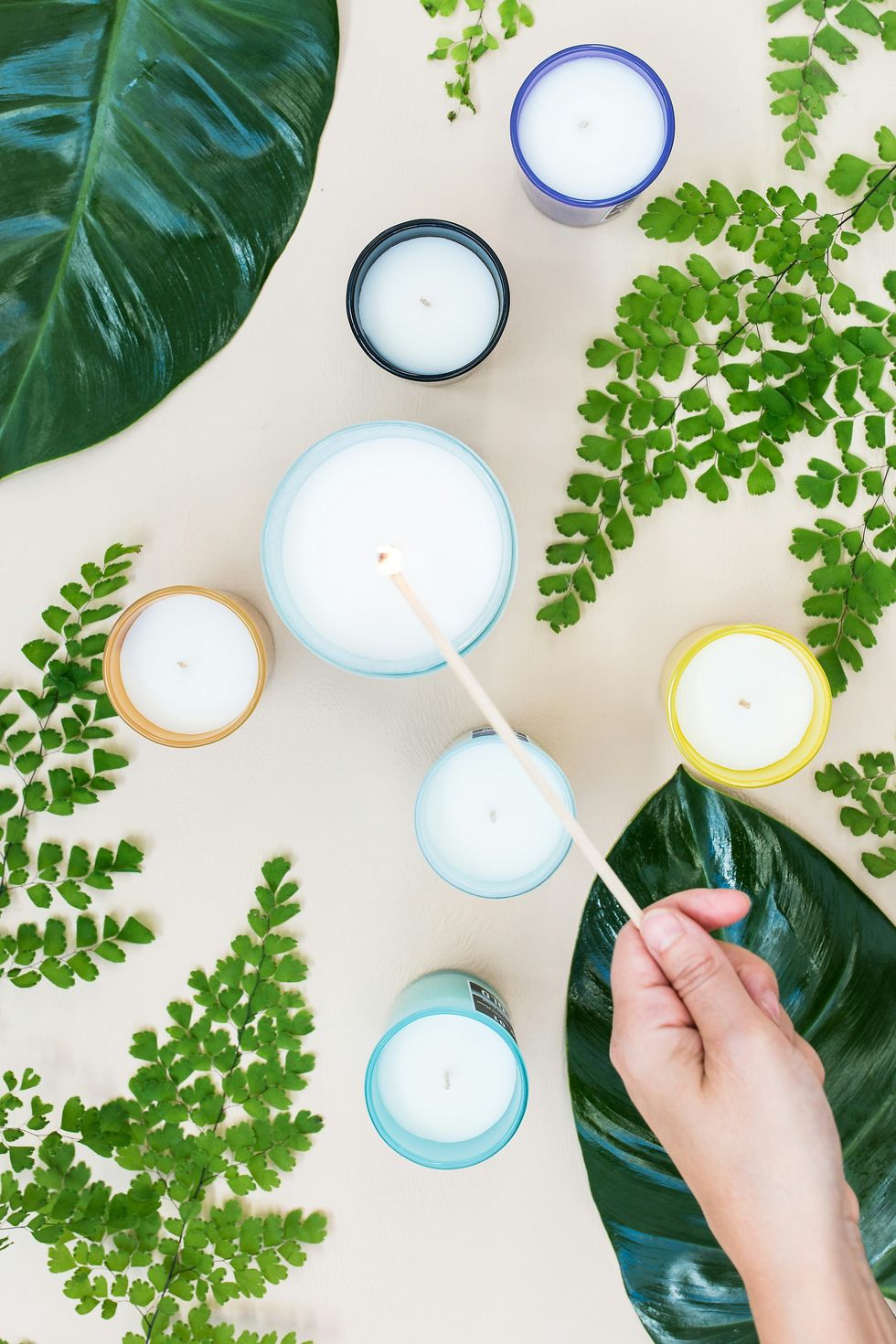 The Truth About THC Candle: Cannabis Candles & How to Make Your Own - The Bluntness
Photo by
The Truth About THC Candle: Cannabis Candles & How to Make Your Own - The Bluntness
Photo by 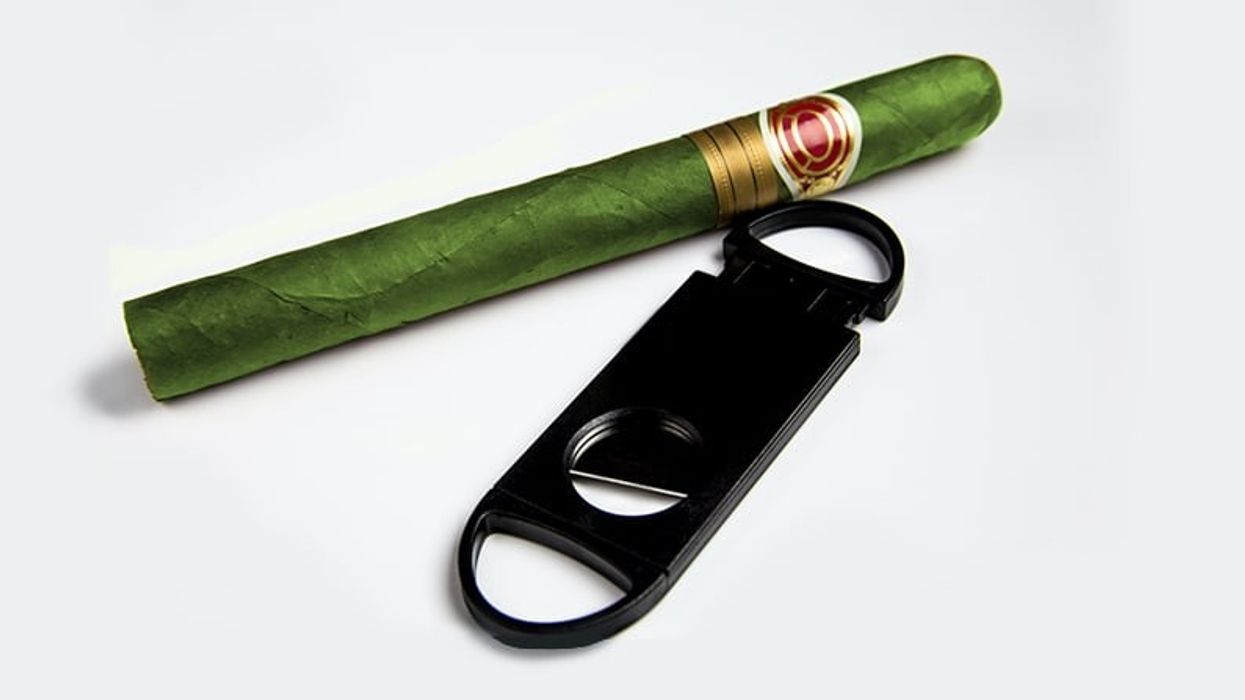
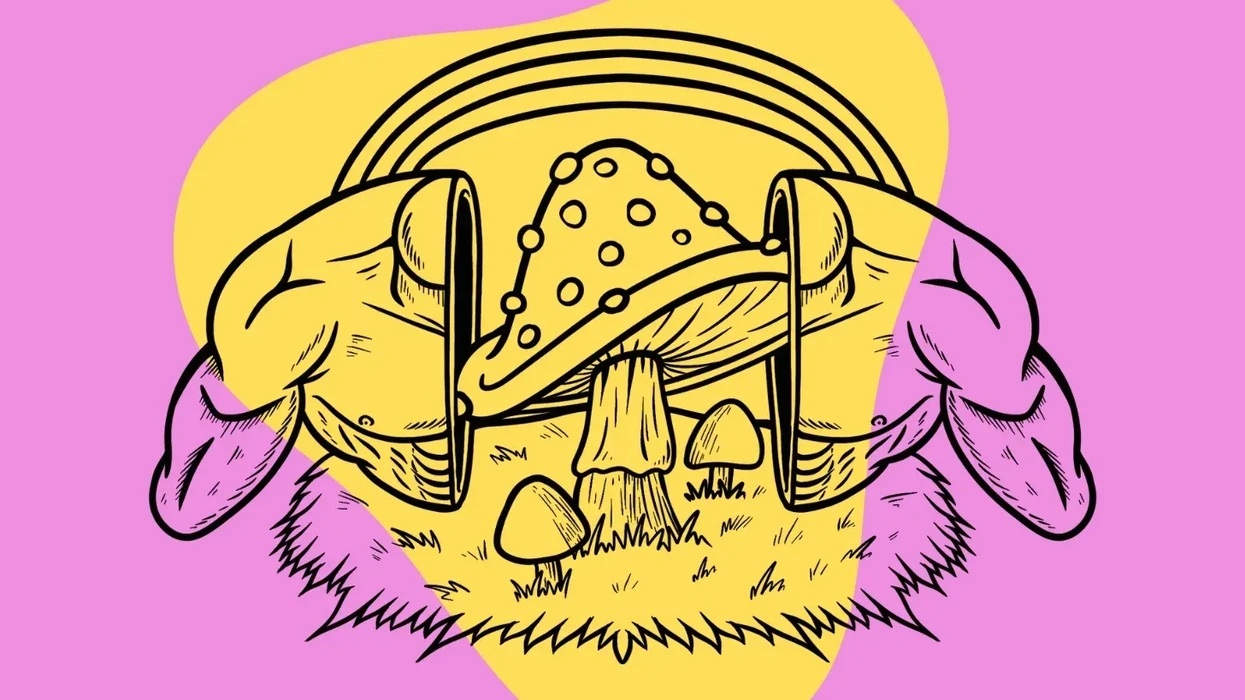
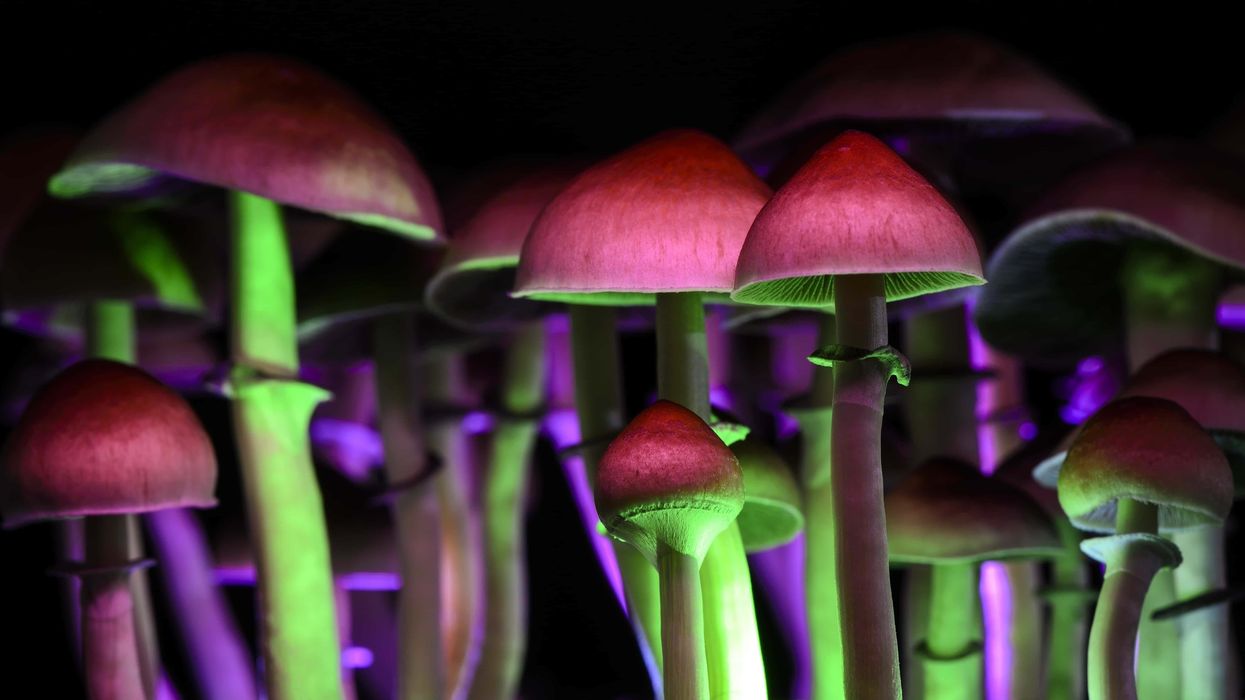
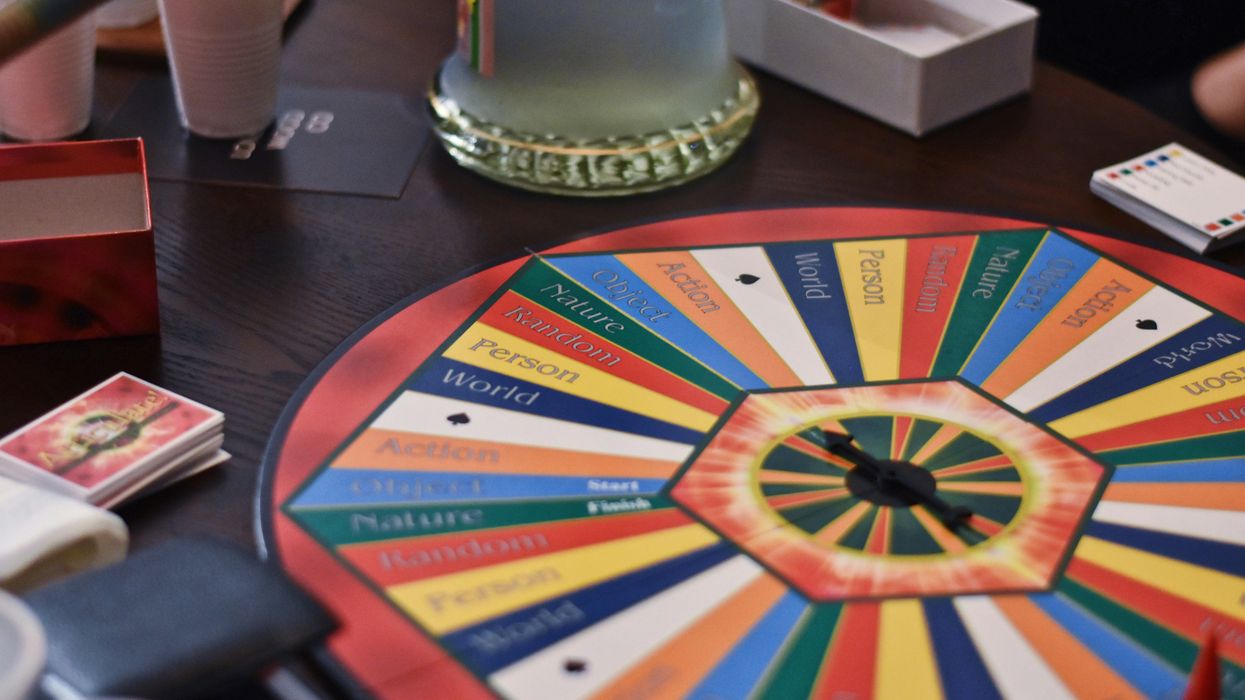
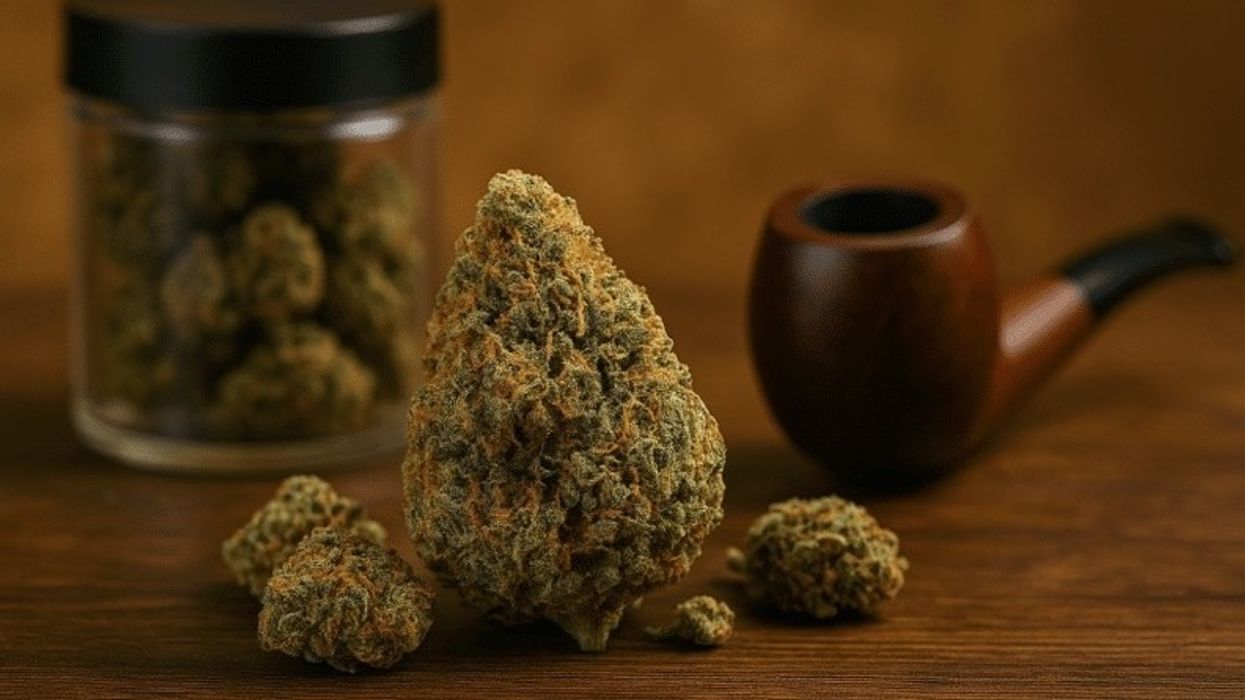
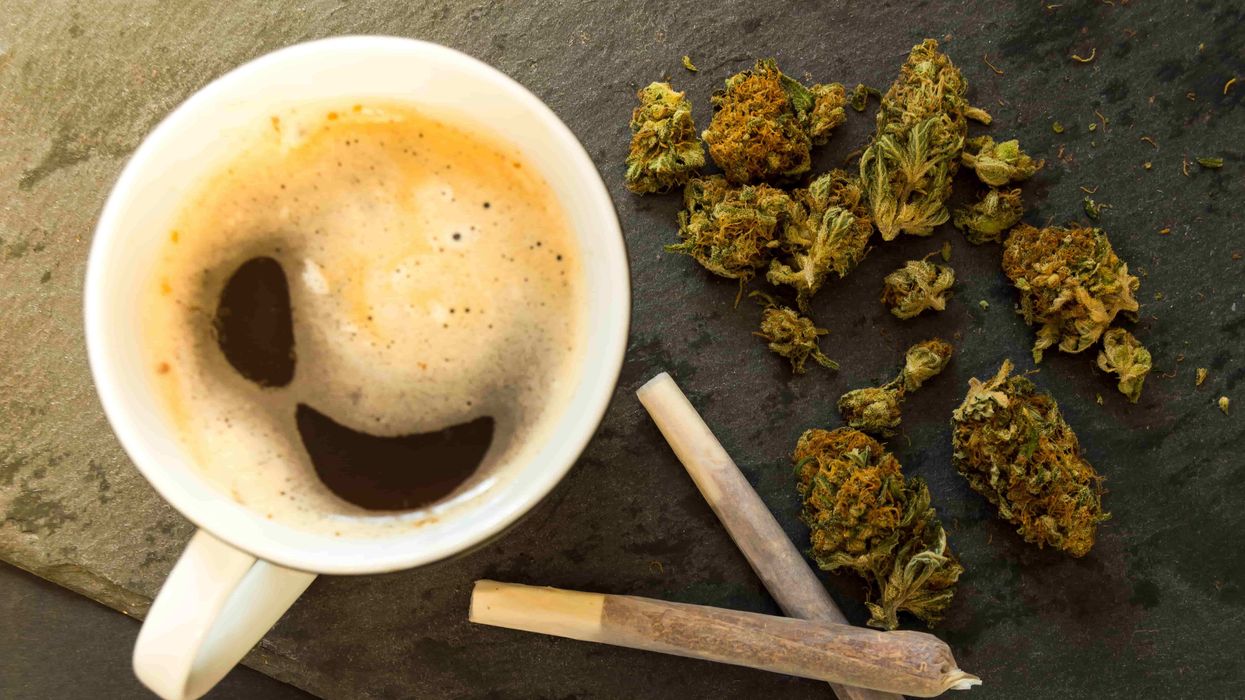
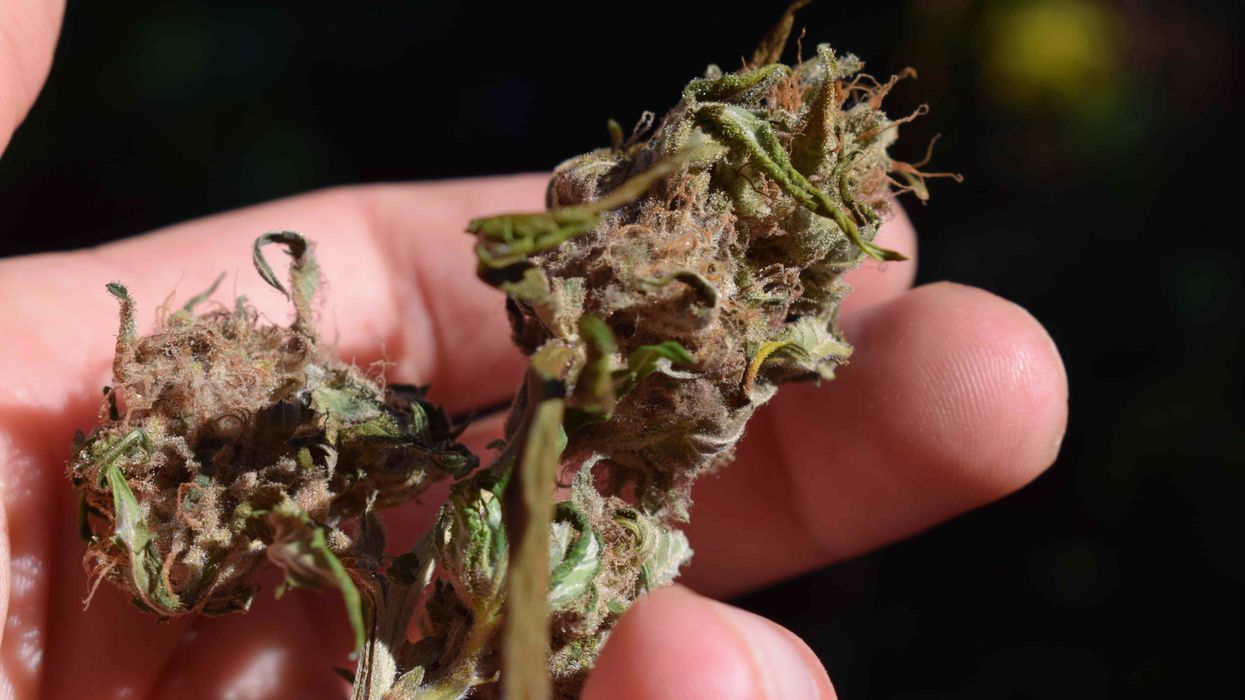
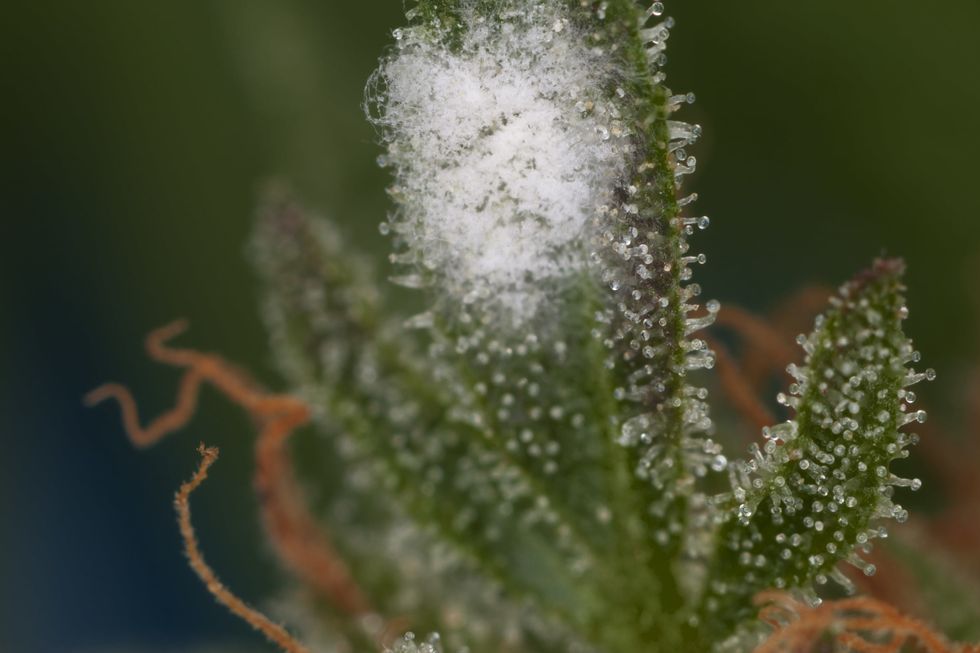 A good picture showing white mold next to cannabis trichomes.
A good picture showing white mold next to cannabis trichomes.
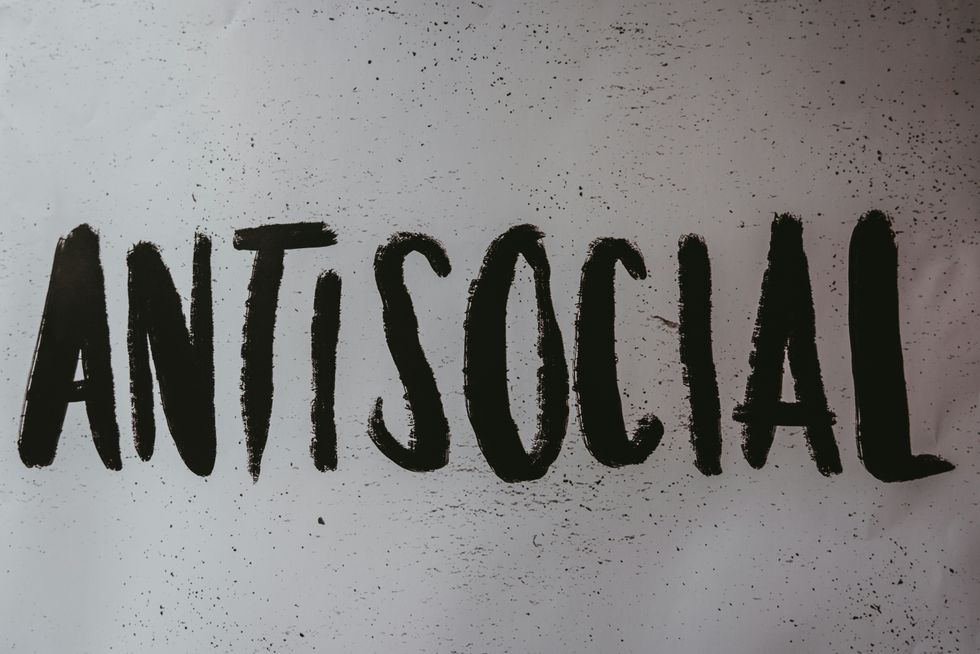 Recognizing the Signs of Antisocial Behaviors - The Bluntness
Photo by
Recognizing the Signs of Antisocial Behaviors - The Bluntness
Photo by 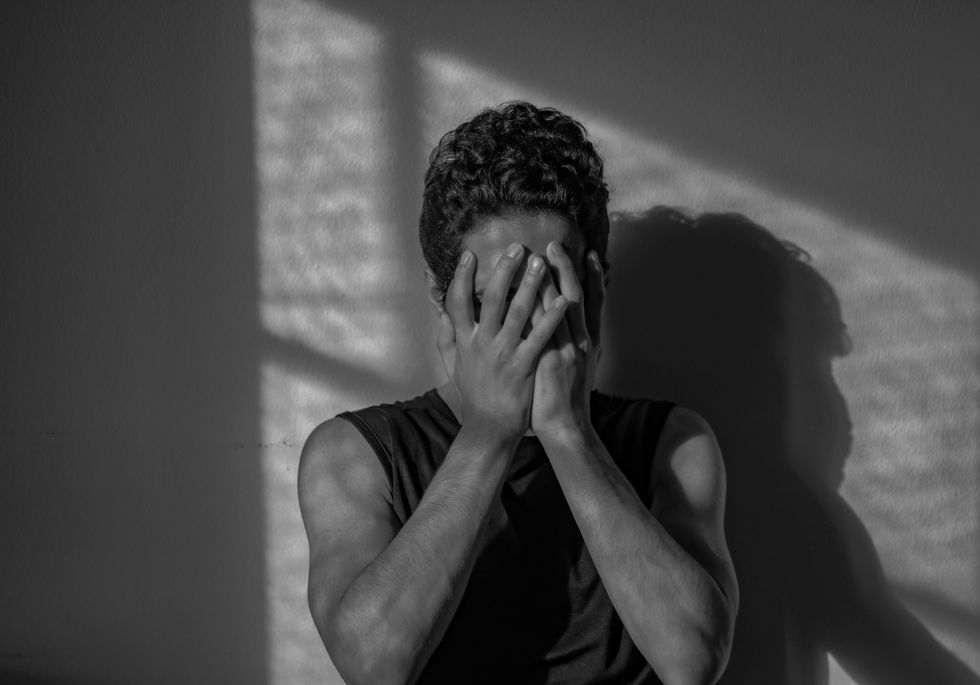 Weed Makes Me Antisocial: What To Do - The Bluntness
Photo by
Weed Makes Me Antisocial: What To Do - The Bluntness
Photo by 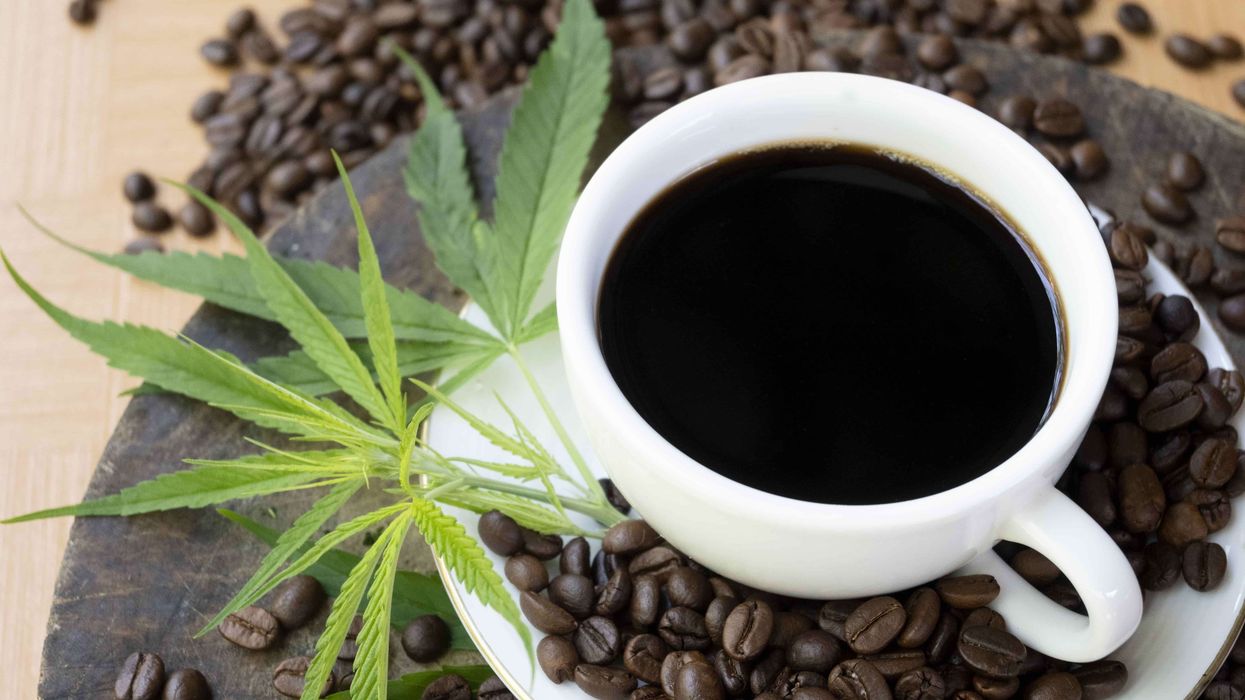
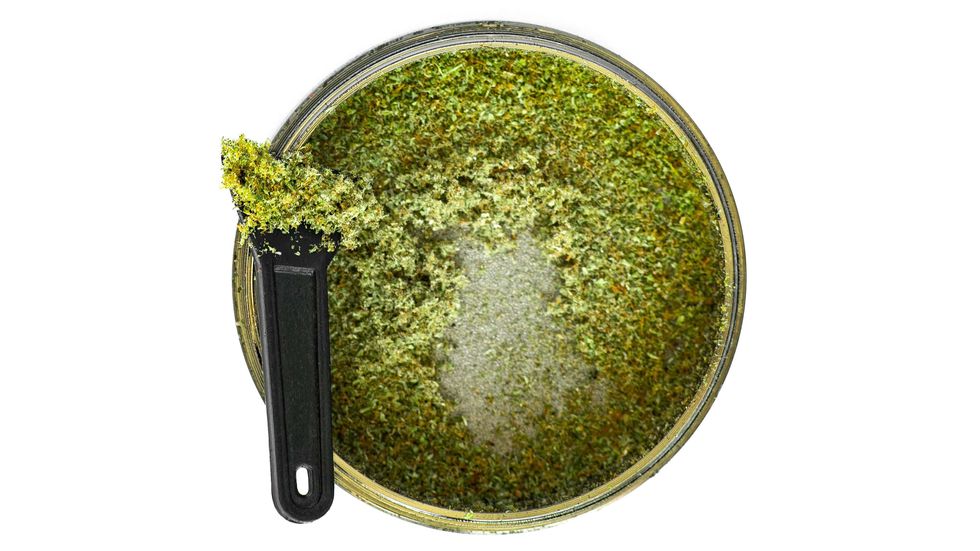 What will you do with that cannabis kief collection? - Make Coffee! The Bluntness
What will you do with that cannabis kief collection? - Make Coffee! The Bluntness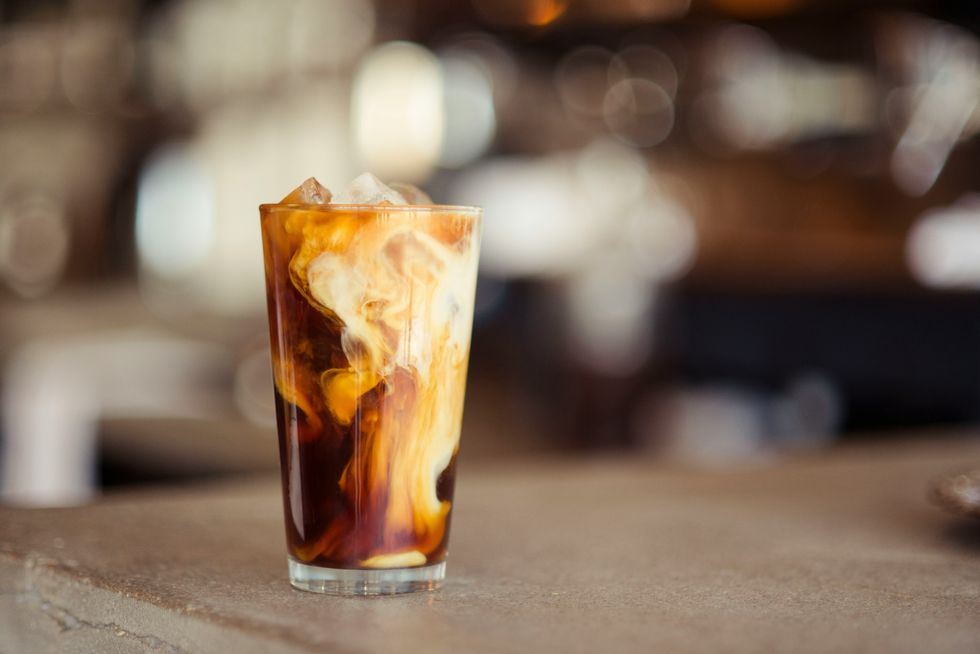 DIY: How to Make Kief Coffee - The Bluntness
Photo by
DIY: How to Make Kief Coffee - The Bluntness
Photo by 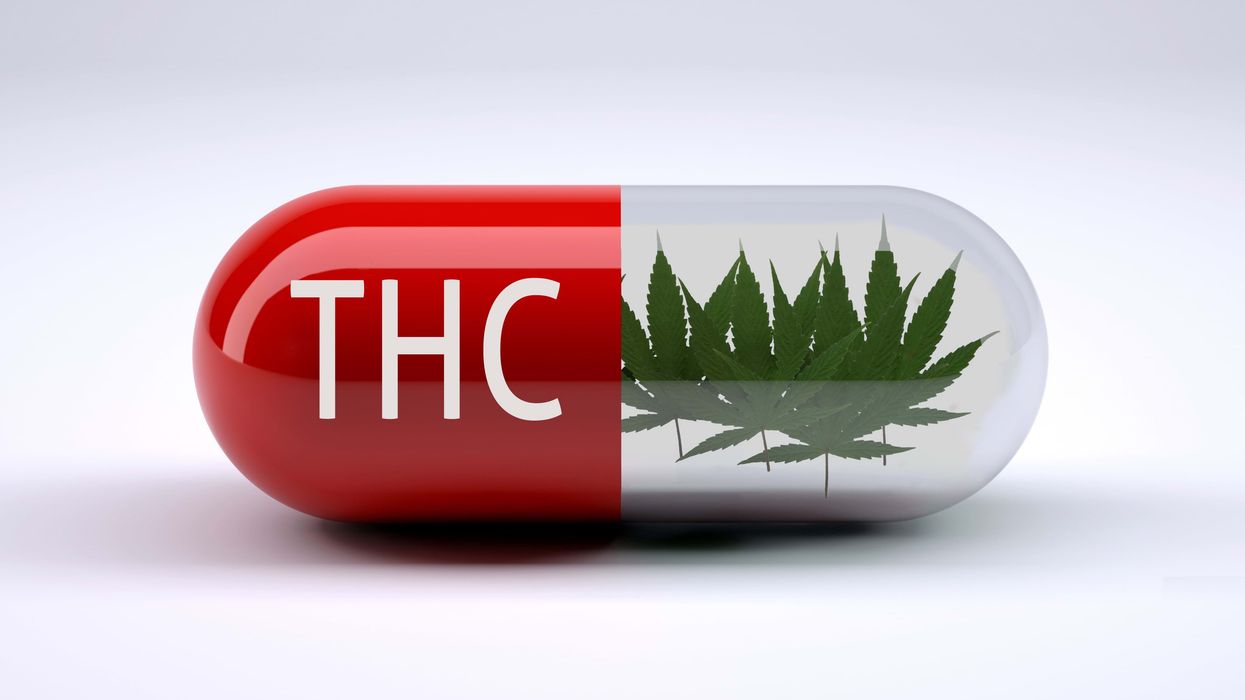
 Humankind has been using THC for millennia.
Humankind has been using THC for millennia.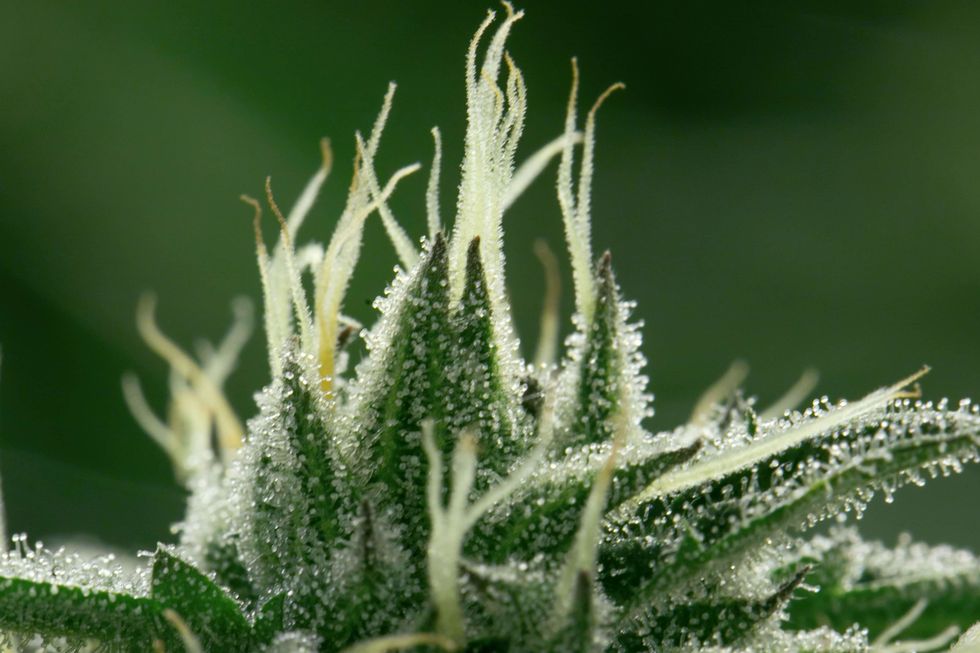 Those little, sugar-like crystals are the sticky trichomes that house special chemicals including cannabinoids and terpenes.
Those little, sugar-like crystals are the sticky trichomes that house special chemicals including cannabinoids and terpenes. Raw cannabis typically contains very little THC. Instead you get non-psychoactive THCA, which is converted into THC.
Raw cannabis typically contains very little THC. Instead you get non-psychoactive THCA, which is converted into THC.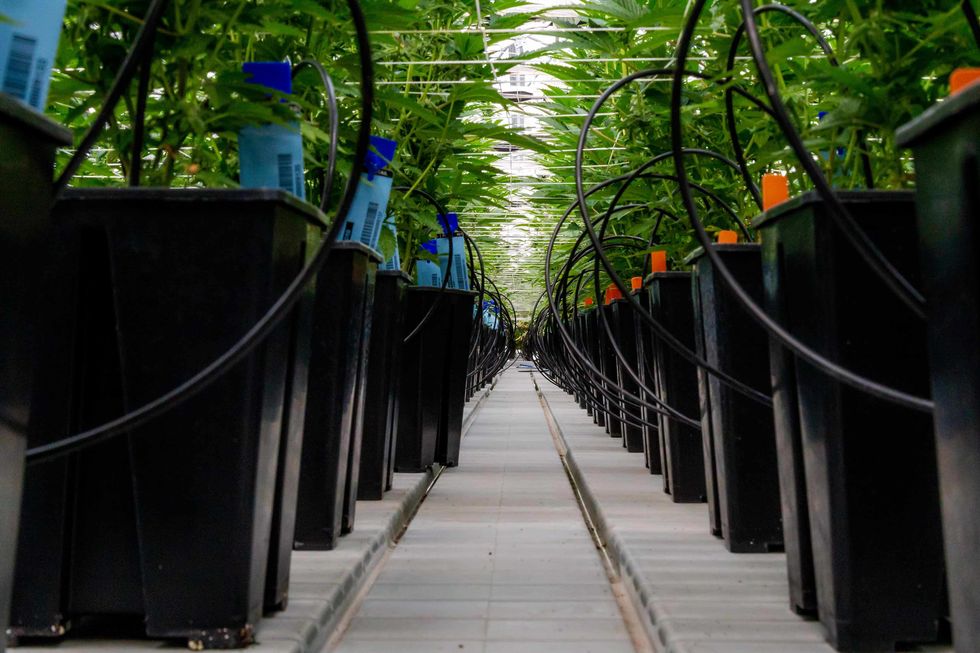 Cultivators are now breeding cannabis not just for THC, but other cannabinoids such as CBD, THCV, and more.
Cultivators are now breeding cannabis not just for THC, but other cannabinoids such as CBD, THCV, and more. Getting the most out of cannabis usually requires a bit of guidance and patience.
Getting the most out of cannabis usually requires a bit of guidance and patience.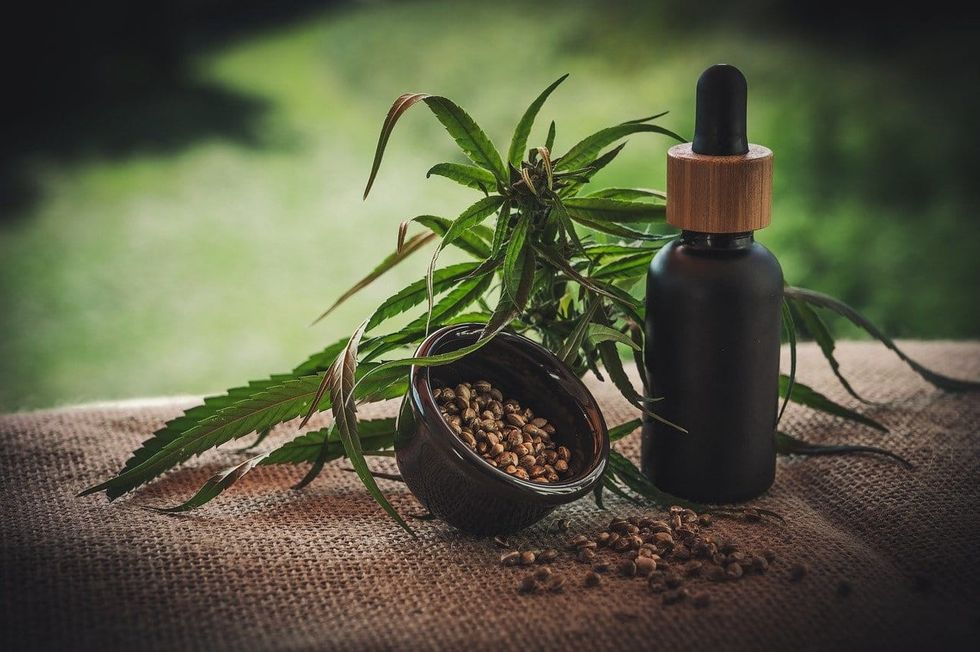 A lot of people think CBD is medical, and THC is for fun. This is an unfortunate misconception.
A lot of people think CBD is medical, and THC is for fun. This is an unfortunate misconception. THC has a surprising amount of medical benefits.
THC has a surprising amount of medical benefits. For some the cannabis high is an unwanted side effect, for others it's the main show.
For some the cannabis high is an unwanted side effect, for others it's the main show.